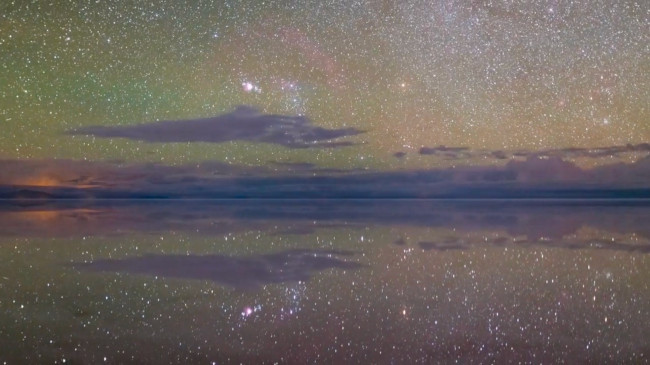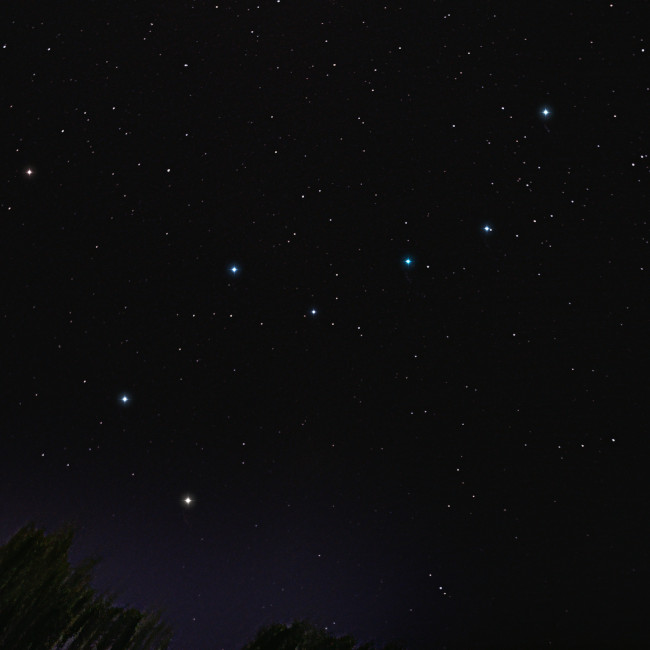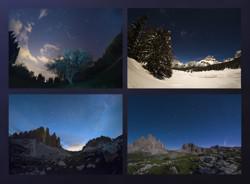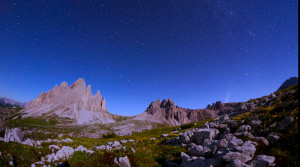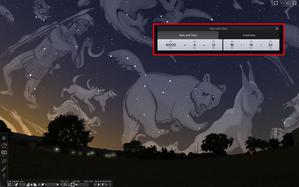Related Media
Constellations from the World
Credit: Stephanie Ye Ziyi/IAU OAE
License: CC-BY-4.0 Creative Commons تخصیص 4.0 بینالمللی (CC BY 4.0) icons
Big Dipper
Credit: Arya Anthony/IAU OAE
License: CC-BY-4.0 Creative Commons تخصیص 4.0 بینالمللی (CC BY 4.0) icons
Dreamlike Starry Sky and Airglow
Credit: Likai Lin/IAU OAE
License: CC-BY-4.0 Creative Commons تخصیص 4.0 بینالمللی (CC BY 4.0) icons
Big Dipper in Four Seasons
Credit: Giorgia Hofer/IAU OAE
License: CC-BY-4.0 Creative Commons تخصیص 4.0 بینالمللی (CC BY 4.0) icons
Big Dipper and Comet Neowise C2020 F3
Credit: Giorgia Hofer/IAU OAE (CC BY 4.0)
License: CC-BY-4.0 Creative Commons تخصیص 4.0 بینالمللی (CC BY 4.0) icons
Related Diagrams
Virgo Constellation Map
Credit: Adapted by the IAU Office of Astronomy for Education from the original by IAU/Sky & Telescope
License: CC-BY-4.0 Creative Commons تخصیص 4.0 بینالمللی (CC BY 4.0) icons
Ursa Major Constellation Map
Credit: Adapted by the IAU Office of Astronomy for Education from the original by IAU/Sky & Telescope
License: CC-BY-4.0 Creative Commons تخصیص 4.0 بینالمللی (CC BY 4.0) icons
Related Activities
Moving constellations
astroEDU educational activity (links to astroEDU website) Description: Let's learn how stars in constellations move through time using real astronomical images.
License: CC-BY-4.0 Creative Commons تخصیص 4.0 بینالمللی (CC BY 4.0) icons
Tags:
Software
, Data analysis
, stellarium
, gaia
, hipparcos
, ursa major
Age Ranges:
10-12
, 12-14
, 14-16
, 16-19
, 19+
Education Level:
Middle School
, Secondary
Areas of Learning:
Guided-discovery learning
, Observation based
, Technology-based
Costs:
Free
Duration:
3 hours
Skills:
Analysing and interpreting data
, Asking questions
, Communicating information
, Developing and using models
, Engaging in argument from evidence
